

Articles
How To Store Canned Food In Pantry
Modified: March 24, 2024
Learn the best way to store canned food in your pantry with these helpful articles. Keep your food fresh and organized for longer shelf life!
(Many of the links in this article redirect to a specific reviewed product. Your purchase of these products through affiliate links helps to generate commission for Storables.com, at no extra cost. Learn more)
Introduction
Storing canned food in your pantry is a convenient and practical way to ensure that you always have a readily available supply of nourishing and delicious ingredients. Whether you are stocking up for emergencies or simply want to maintain a well-stocked kitchen, proper storage of canned food is essential to preserving its quality and ensuring its safety.
In this article, we will explore the best practices for storing canned food in your pantry, including considerations for expiration dates, organizing your pantry, temperature and humidity requirements, rotation and consumption tips, and specific storage recommendations for different types of canned foods.
Understanding how to properly store canned food not only extends its shelf life but also maintains the flavor and nutrients within. We will also touch on the special considerations for storing homemade canned foods to keep them fresh and safe for consumption.
So, let’s delve into the world of canned food storage and discover how to make the most of your pantry space while preserving the quality of your favorite canned goods.
Key Takeaways:
- Properly storing canned food in your pantry is crucial for maintaining freshness and safety. Check expiration dates, organize your pantry, and follow specific storage guidelines to optimize the longevity of your supplies.
- Special considerations apply when storing homemade canned goods. Adhere to proper canning techniques, inspect lid seals, and regularly check for spoilage to ensure the safety and quality of your homemade creations.
Read more: How To Store Canned Goods In Pantry
Understanding Expiration Dates
When it comes to canned food, understanding expiration dates is crucial for maintaining food safety and quality. Many people mistakenly believe that canned foods last indefinitely, but that is not the case. Every can of food has a specific shelf life, and consuming expired canned goods can potentially lead to foodborne illnesses.
The expiration date on a can of food indicates the date until which the product is at its peak quality. It is important to note that this date does not mean that the food automatically becomes unsafe to eat once it passes that point. However, the flavor, texture, and nutritional value may gradually decline over time.
There are two common types of dates found on canned food products:
- Best By/Best Before Date: This date indicates when the product will be at its best quality in terms of flavor, texture, and nutritional value. It is recommended to consume the canned food before this date for optimal enjoyment.
- Use By/Expiration Date: This date signifies the last day the product is guaranteed to be at its peak quality. After this date, deterioration may occur, and there is a higher chance of the food being spoiled or losing its quality.
It’s important to check the expiration dates on your canned food regularly, especially if you’re storing them for a long time. Discard any cans that have passed the expiration date to ensure you’re consuming safe and high-quality food.
Keep in mind that proper storage conditions can also affect the shelf life of canned foods. Storing them in a cool, dry place away from direct sunlight and extreme temperatures can help maintain their quality for a longer period.
Organizing Your Pantry
Having a well-organized pantry is essential for efficient storage and easy access to your canned food collection. By implementing a systematic approach to organizing your pantry, you can maximize space, prevent food waste, and always know what supplies you have on hand.
Here are some tips for organizing your pantry:
- Categorize your canned foods: Group similar items together, such as vegetables, fruits, soups, and sauces. This makes it easier to find what you need and prevents duplicate purchases.
- Label your shelves: Use labels or markers to identify where each category of canned food should go. This helps everyone in your household know the designated spots and maintain the organization.
- Practice the “first in, first out” rule: When restocking your pantry, place newer cans behind the ones with earlier expiration dates. This ensures that you use the older cans first and minimizes waste.
- Utilize storage containers or racks: Consider using clear plastic bins or can organizers to separate and contain different types of canned goods. This not only keeps your pantry tidy but also helps prevent cans from rolling around and getting damaged.
- Consider shelving solutions: If your pantry lacks sufficient shelf space, invest in stackable shelves or wire racks to make the most of the available space. This allows you to store more cans and keeps them easily accessible.
By implementing these organizing strategies, you’ll have a well-structured and functional pantry that enables efficient storage, easy retrieval, and a clear overview of your canned food inventory.
Temperature and Humidity Considerations
Proper temperature and humidity control are crucial factors in maintaining the quality and longevity of your canned food. Exposure to extreme temperatures and high humidity can have detrimental effects on the taste, texture, and safety of the canned goods.
Here are some temperature and humidity considerations to keep in mind:
- Avoid high heat: Canned foods should be stored in a cool environment to prevent spoilage and maintain their nutritional value. Avoid storing them near sources of heat such as stovetops, ovens, or direct sunlight.
- Isolate from extreme cold: While cool temperatures are ideal, extreme cold can potentially impact the quality of canned foods. Avoid storing them in areas that are prone to freezing, such as unheated garages or basements with inadequate insulation.
- Control humidity levels: High humidity can promote the growth of bacteria and mold, leading to spoilage of canned goods. Ensure that your pantry is in a dry area and consider using moisture absorbers or dehumidifiers if necessary.
- Avoid fluctuating temperatures: Rapid changes in temperature can cause cans to expand and contract, leading to potential leaks and contamination. Keep your pantry at a consistently cool temperature to preserve the integrity of the cans.
By maintaining a stable and controlled climate in your pantry, you can ensure that your canned foods remain safe, fresh, and of high quality for an extended period.
Best Practices for Canned Food Storage
Proper storage of canned food is essential to maintain its freshness, safety, and taste. By following these best practices, you can ensure that your pantry is stocked with high-quality canned goods.
- Inspect cans before storage: Before placing cans in your pantry, check for any signs of damage or bulging. Discard any cans with dents, leaks, or a compromised seal, as they may be contaminated or spoiled.
- Store in a cool and dry place: Canned foods should be stored in a cool area with temperatures between 50-70°F (10-21°C). Avoid areas that are excessively hot, humid, or prone to temperature fluctuations, as these conditions can affect the quality and safety of the canned goods.
- Avoid exposure to light: Sunlight can promote the breakdown of nutrients and lead to color changes in canned food. Store cans in a dark area or use opaque containers to protect them from light.
- Keep cans off the floor: Store cans on shelves or racks that are at least six inches above the ground. This prevents moisture, pests, and potential spills from damaging the cans.
- Organize for easy access and rotation: Arrange your canned goods with the oldest cans at the front, so you use them first and maintain a continuous rotation. This ensures that the oldest cans are consumed before their expiration dates.
- Avoid overcrowding: Leave some space between cans to allow for air circulation and prevent accidental damage. Overcrowding can lead to cans getting crushed or preventing easy access to specific items.
- Keep track of expiration dates: Regularly check the expiration dates on your canned foods and consume them before they expire. Use a system, such as labeling the purchase or expiration date on the cans, to ensure you know which cans to use first.
- Practice FIFO (First-In-First-Out) method: When replenishing your canned goods, place the newer cans at the back and move the older ones to the front. This way, you are more likely to use the older cans first, reducing the risk of food wastage.
By following these best practices, you can maintain the quality, safety, and longevity of your canned food, ensuring that you have a reliable and delicious food supply in your pantry.
Read more: How To Store Canned Food Long Term
Rotation and Consumption Tips
Proper rotation and consumption of canned food are essential to ensure that you utilize your pantry supplies effectively and prevent any waste. By following these tips, you can stay organized, minimize food spoilage, and enjoy your canned goods at their best:
- First-In-First-Out (FIFO) method: As mentioned earlier, practice the FIFO method by placing newer cans at the back of your pantry and using the older cans first. This helps to avoid forgetting about certain cans and ensures that you consume them before they expire.
- Regularly check expiration dates: Make it a habit to inspect the expiration dates on your canned goods regularly. Remove any cans that have passed their expiration dates and prioritize their consumption.
- Plan meals around canned ingredients: Take inventory of your canned goods and incorporate them into your meal planning. This not only helps you make the most of your pantry supplies but also ensures that you rotate through them and keep them in constant use.
- Get creative with recipes: Canned foods can be incredibly versatile and can be used in a variety of recipes. Experiment with different combinations and explore new recipes that allow you to incorporate your canned ingredients. This helps add variety to your meals and keeps your pantry stock in rotation.
- Donate excess cans: If you have an abundance of canned goods that you know you won’t consume before their expiration dates, consider donating them to local food banks or shelters. This not only helps those in need but also prevents food waste.
- Share with friends and family: If you have surplus cans that you know won’t be used in time, offer them to friends or family members who may appreciate them. Sharing the excess ensures that the cans are consumed and not wasted.
- Properly store opened cans: If you only use a portion of a canned product, transfer the remaining contents to an airtight container and refrigerate them. Opened canned foods have a shorter shelf life and should be consumed within a few days.
By implementing these rotation and consumption tips, you can make the most of your canned food supplies, minimize waste, and enjoy delicious meals from your well-stocked pantry.
Storing Different Types of Canned Foods
When it comes to storing canned foods, different types of products may have specific storage requirements to maintain their quality and flavor. By understanding the optimal storage conditions for various types of canned foods, you can ensure that each item remains in its best condition. Here are some guidelines for storing different categories of canned goods:
Canned Fruits:
Canned fruits are a convenient and versatile pantry staple. To store them properly:
- Keep canned fruits in a cool and dry area away from direct sunlight.
- Ensure that the cans are properly sealed, without any bulging or signs of damage.
- Once opened, transfer any leftover fruits to a covered container and store in the refrigerator.
Canned Vegetables:
Canned vegetables are nutritious and can be used in a variety of recipes. To store them effectively:
- Store canned vegetables in a cool, dry, and dark location with temperatures between 50-70°F (10-21°C).
- Check the expiration dates regularly and use cans with the nearest date first.
- After opening, any unused portion should be transferred to an airtight container and refrigerated.
Read more: How To Store Canned Goods
Canned Meats and Fish:
Canned meats and fish provide a convenient source of protein. To store them properly:
- Store canned meats and fish in a cool and dry area, away from direct heat or sunlight.
- Check that the cans are undamaged, properly sealed, and have not been punctured.
- Once opened, transfer any remaining meat or fish to a covered container and refrigerate promptly.
Canned Soup and Broth:
Canned soups and broths are versatile and can be enjoyed as a quick meal or used as a base for other dishes. To store them effectively:
- Keep canned soup and broth in a cool, dry area away from extremes in temperature.
- Check the expiration dates and use cans with the closest date first.
- Once opened, refrigerate any unused portion in a covered container.
Canned Sauces and Condiments:
Canned sauces and condiments add a burst of flavor to your dishes. To store them properly:
- Store canned sauces and condiments in a cool and dry place.
- Ensure that the cans are tightly sealed and undamaged.
- Refrigerate any leftover sauce or condiment after opening.
By following these storage guidelines, you can maintain the quality, flavor, and safety of your different types of canned foods, ensuring that they are always ready to enhance your meals.
Canned Fruits
Canned fruits are a convenient and versatile addition to your pantry. They provide a long shelf life and can be used in a variety of delicious recipes or enjoyed straight from the can. To ensure that your canned fruits retain their flavor and quality, proper storage is key.
Here are some guidelines for storing canned fruits:
- Choose undamaged cans: Before purchasing canned fruits, inspect the cans for any signs of damage or bulging. Damaged cans may indicate that the contents have spoiled or become contaminated, so it’s best to avoid them.
- Store in a cool and dry place: Canned fruits should be stored in a cool and dry area, away from direct sunlight or heat sources. Avoid places with high humidity, as moisture can affect the quality and texture of the fruits.
- Check the expiration dates: Regularly check the expiration dates on your canned fruits and prioritize consuming the ones with the nearest dates. This helps ensure that you enjoy the fruits at their best quality.
- Rotate your stock: Practice the first-in, first-out (FIFO) method by using the older cans of canned fruits before opening the newer ones. This helps prevent any fruits from going past their expiration dates.
- Once opened, transfer to a covered container: If you don’t use the entire can of canned fruits in one serving, transfer the leftovers to a clean, airtight container and refrigerate. This helps maintain freshness and prevents any odors or flavors from other foods in the refrigerator from affecting the fruits.
- Label the container: When storing canned fruits in a separate container, label it with the contents and the date it was opened. This makes it easier to keep track of the freshness and helps avoid confusion.
By following these guidelines, you can enhance the shelf life and maintain the flavor and texture of your canned fruits. From adding them to desserts and breakfast dishes to incorporating them into salads or enjoying them as a snack, canned fruits are a versatile ingredient that brings a burst of natural sweetness to your meals.
Read more: How To Store Canned Food
Canned Vegetables
Canned vegetables offer a convenient and nutritious option for adding essential nutrients to your meals. Whether you’re using them as a side dish or incorporating them into recipes, proper storage is important to maintain their quality. Here are some tips for storing canned vegetables:
- Choose undamaged cans: Inspect the cans before purchasing to ensure they are free from dents, bulges, or any signs of damage. Damaged cans may indicate that the vegetables inside have been compromised.
- Store in a cool, dry place: Canned vegetables should be stored in a cool and dry area of your pantry, away from direct sunlight and heat sources. Excessive heat or moisture can cause the vegetables to spoil or lose their quality.
- Check expiration dates: Regularly check the expiration dates on your canned vegetables. Consume those with the closest dates first to ensure you enjoy them at their freshest.
- Rotate your stock: Practice the first-in, first-out (FIFO) method by using the older cans of vegetables before opening newer ones. This way, you avoid letting any cans go past their expiration dates.
- Once opened, transfer to a covered container: If you don’t use the entire contents of a can, transfer the leftovers to a clean, airtight container and refrigerate. This helps preserve the freshness of the vegetables and prevents any odors from spreading in the refrigerator.
- Label the container: When storing opened canned vegetables in a separate container, label it with the contents and the date it was opened. This helps you keep track of freshness and easily identify what’s inside.
Canned vegetables are a versatile ingredient that can be used in a variety of recipes, from soups and stews to stir-fries or salads. By properly storing your canned vegetables, you can ensure they retain their flavor, texture, and nutritional value, making them a convenient and healthy addition to your meals.
Canned Meats and Fish
Canned meats and fish are convenient pantry staples that provide a quick and easy source of protein. Whether you’re using them for sandwiches, salads, or adding them to recipes, proper storage is essential to maintain their flavor and safety. Here are some tips for storing canned meats and fish:
- Choose undamaged cans: Before purchasing canned meats and fish, inspect the cans for any signs of damage, bulging, or leakage. Damaged cans may indicate spoilage or contamination, so it’s best to avoid them.
- Store in a cool, dry place: Canned meats and fish should be stored in a cool, dry area of your pantry. Avoid exposing them to direct sunlight or sources of heat, as this can affect their quality and flavor.
- Check expiration dates: Regularly check the expiration dates on your canned meats and fish. Consume those with the nearest dates first to ensure they are enjoyed at their freshest.
- Rotate your stock: Practice the first-in, first-out (FIFO) method by using the older cans of meats and fish before opening newer ones. This helps ensure that none of the cans go past their expiration dates.
- Once opened, transfer to a covered container: If you don’t use the entire contents of a can, transfer the remaining meat or fish to a clean, airtight container and refrigerate. This helps maintain their freshness and prevents any odors from spreading in the refrigerator.
- Label the container: When storing opened canned meats and fish in a separate container, label it with the contents and the date it was opened. This makes it easier to keep track of freshness and avoid confusion.
Canned meats and fish provide a convenient source of protein for meals and snacks. From tuna sandwiches to adding canned chicken to pasta dishes, properly storing these canned products ensures that they maintain their taste, texture, and quality, allowing you to enjoy them whenever you need a quick and protein-packed meal.
Rotate your canned food by placing newer items at the back and older items at the front. This will ensure that you use the oldest items first and prevent them from expiring.
Canned Soup and Broth
Canned soup and broth are versatile pantry staples that provide a quick and convenient meal option. Whether enjoyed on their own or used as a base for various recipes, proper storage is essential to maintain their flavor and quality. Here are some tips for storing canned soup and broth:
- Choose undamaged cans: Before purchasing canned soup and broth, inspect the cans for any signs of damage, dents, or bulging. Damaged cans may indicate a compromised seal or spoilage, so it’s best to choose cans that are in good condition.
- Store in a cool, dry place: Canned soup and broth should be stored in a cool and dry area of your pantry, away from direct sunlight and heat sources. Fluctuating temperatures and exposure to heat can affect the quality and taste of the product.
- Check expiration dates: Regularly check the expiration dates on your canned soup and broth. Consume those with the nearest dates first to ensure they are enjoyed at their freshest.
- Rotate your stock: Practice the first-in, first-out (FIFO) method by using the older cans of soup and broth before opening newer ones. This helps ensure that you consume them before they expire and maintain a continuous rotation.
- Once opened, refrigerate promptly: If you don’t use the entire contents of a can of soup or broth, transfer the remaining portion to a covered container and refrigerate it. Proper refrigeration helps maintain freshness and prevents spoilage.
- Label the container: When transferring opened canned soup or broth to a separate container, label it with the contents and the date it was opened. This helps you keep track of freshness and easily identify what’s inside.
Canned soup and broth are versatile ingredients that can be enjoyed on their own or used as a base for recipes like stews, sauces, and casseroles. By storing them properly, you can ensure that they maintain their flavor, texture, and quality, allowing you to enjoy a comforting and delicious meal whenever you need it.
Canned Sauces and Condiments
Canned sauces and condiments are pantry essentials that add flavor and convenience to your meals. From tomato sauce to canned salsa, proper storage is important to maintain the quality and taste of these products. Here are some tips for storing canned sauces and condiments:
- Choose undamaged cans: Before purchasing canned sauces and condiments, inspect the cans for any signs of damage, dents, or bulging. Damaged cans may indicate a compromised seal or spoilage, so it’s best to choose cans that are in good condition.
- Store in a cool, dry place: Canned sauces and condiments should be stored in a cool and dry area of your pantry, away from direct sunlight and heat sources. Exposure to heat can affect the quality and flavor of the product.
- Check expiration dates: Regularly check the expiration dates on your canned sauces and condiments. Consume those with the nearest dates first to ensure they are enjoyed at their freshest.
- Rotate your stock: Practice the first-in, first-out (FIFO) method by using the older cans of sauces and condiments before opening newer ones. This helps ensure that you consume them before they expire and maintain a continuous rotation.
- Once opened, transfer to a covered container (if necessary): Some canned sauces or condiments may require refrigeration once opened. Check the label for specific storage instructions and transfer any remaining product to a clean, airtight container before refrigerating.
Canned sauces and condiments are versatile ingredients that enhance the flavor of your dishes. Whether you’re adding them to pizzas, pasta, or using them as dips and spreads, proper storage helps maintain their taste and quality. By following these storage tips, you can enjoy the convenience and flavor of your favorite canned sauces and condiments in every meal.
Read more: How To Store Home Canned Food
Special Considerations for Homemade Canned Foods
Homemade canned foods offer the opportunity to preserve the flavors of your favorite recipes and enjoy them throughout the year. However, there are some special considerations to keep in mind to ensure the safety and quality of your homemade canned goods. Here are some guidelines for storing homemade canned foods:
- Proper canning techniques: Follow approved canning methods, such as using a pressure canner or hot water bath canning, to ensure that your homemade canned foods are safely preserved.
- Inspect jar seals: Before storing your homemade canned foods, check that the jar lids are properly sealed. A lid that pops or moves when pressed indicates improper sealing and potential spoilage.
- Label and date your jars: It’s important to label your homemade canned goods with the contents and the date they were canned. This helps you keep track of freshness and easily identify what’s inside each jar.
- Store in a cool and dark place: Homemade canned foods should be stored in a cool area away from direct sunlight. Excessive heat can compromise the seal and quality of the canned goods, so choose a location with a consistent temperature.
- Rotate your stock: Just like commercially canned goods, practice the first-in, first-out (FIFO) method with your homemade canned foods. Use the older jars before opening newer ones to ensure that you consume them before they lose their flavor and quality.
- Regularly check for spoilage: Homemade canned foods can still spoil, so it’s important to inspect your jars for signs of spoilage, such as mold growth, off odors, or unusual textures. If you notice any signs of spoilage, discard the jar immediately.
- Consider refrigeration for opened jars: Once you’ve opened a jar of homemade canned food, transfer any remaining portion to a covered container and refrigerate. This helps maintain the freshness and quality of the remaining contents.
Proper canning and storage of homemade canned foods are crucial for maintaining their safety and quality. By following these guidelines, you can enjoy the flavors and convenience of your homemade creations while ensuring that they are preserved in a safe and reliable manner.
Conclusion
Proper storage of canned food in your pantry is essential for maintaining its freshness, flavor, and nutritional value. By understanding the expiration dates, organizing your pantry, considering temperature and humidity requirements, practicing rotation and consumption, and following specific storage guidelines for different types of canned foods, you can optimize the longevity and quality of your pantry supplies.
Remember to carefully inspect cans before storage, choose undamaged ones, and check the expiration dates regularly. Keep your pantry cool, dry, and away from direct sunlight, and practice the first-in, first-out (FIFO) method to ensure that older cans are used before newer ones. When opening cans, transfer any remaining portions to labeled containers and refrigerate as necessary to maximize freshness.
In addition to the guidelines for storing commercially canned foods, special considerations apply when storing homemade canned goods. Adhere to proper canning techniques, inspect lid seals, label and date your jars, and store them in a cool, dark place. Regularly check for spoilage and refrigerate opened jars for optimal freshness.
By implementing these best practices, you can create a well-organized pantry, reduce food waste, and enjoy the convenience and benefits of canned food for longer periods. With careful storage and thoughtful consumption, you can always have a supply of nutritious and delicious canned goods on hand, ready to enhance your meals and bring convenience to your kitchen.
So, take the time to organize your pantry, stock up on your favorite canned foods, and apply these storage techniques. Your future self will thank you for the well-maintained and easily accessible pantry that ensures the longevity and enjoyment of your canned food supplies.
Frequently Asked Questions about How To Store Canned Food In Pantry
Was this page helpful?
At Storables.com, we guarantee accurate and reliable information. Our content, validated by Expert Board Contributors, is crafted following stringent Editorial Policies. We're committed to providing you with well-researched, expert-backed insights for all your informational needs.
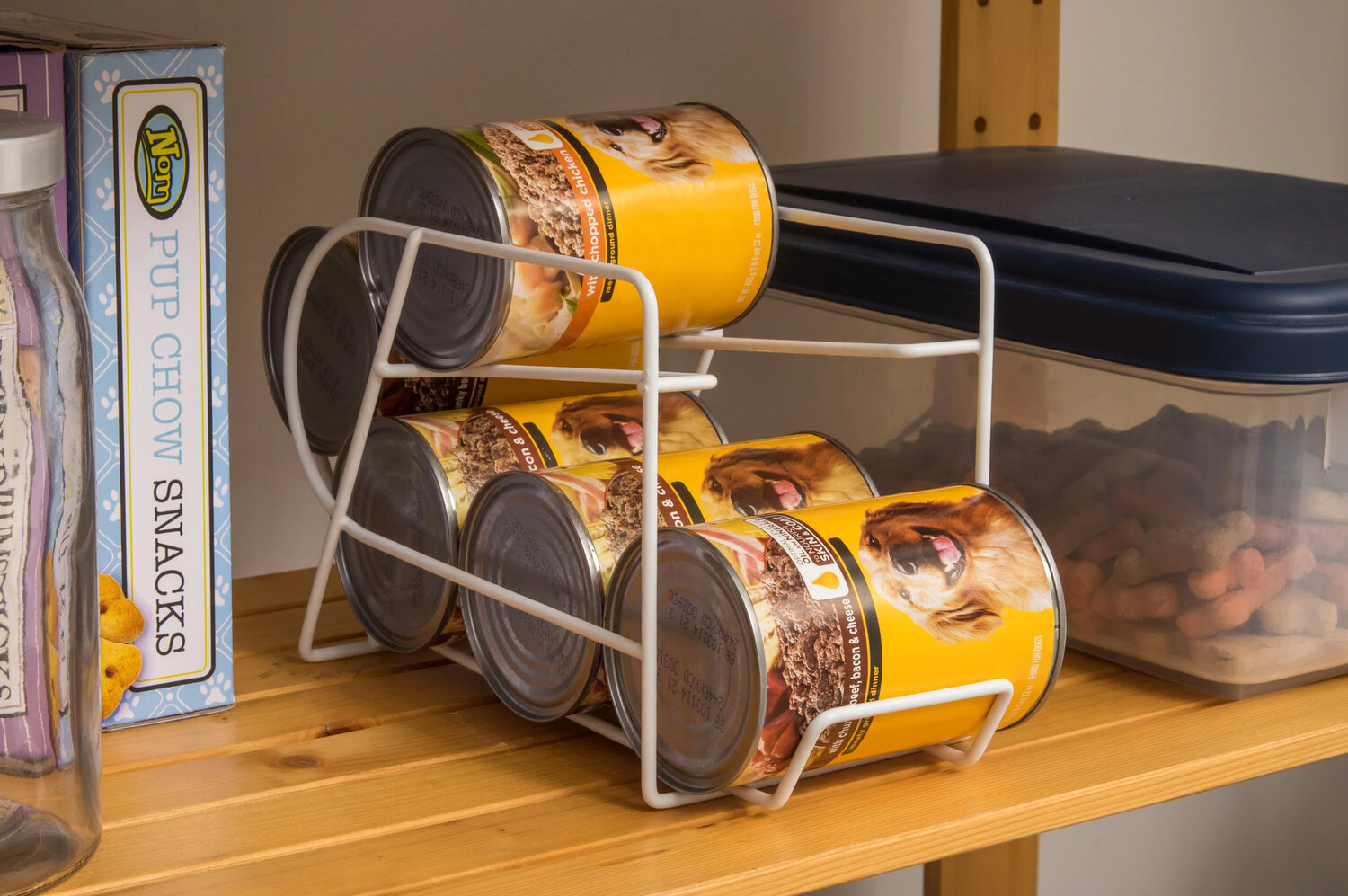
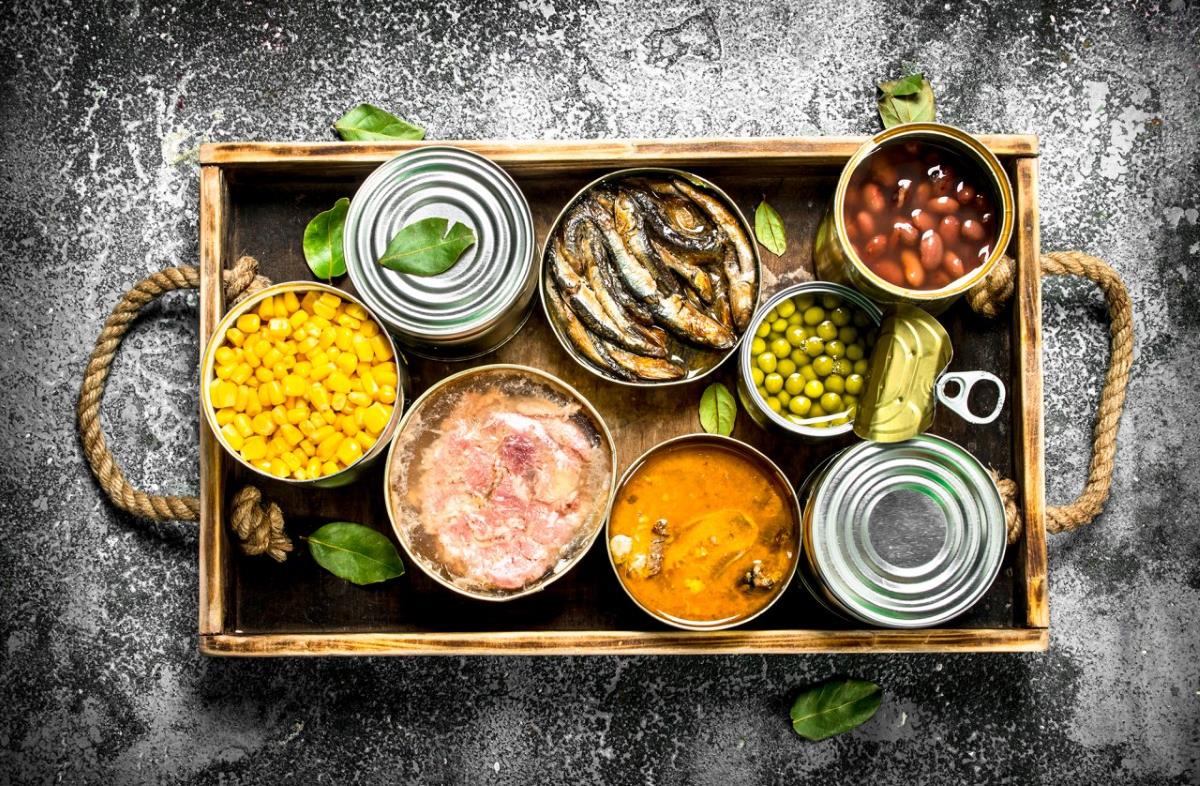
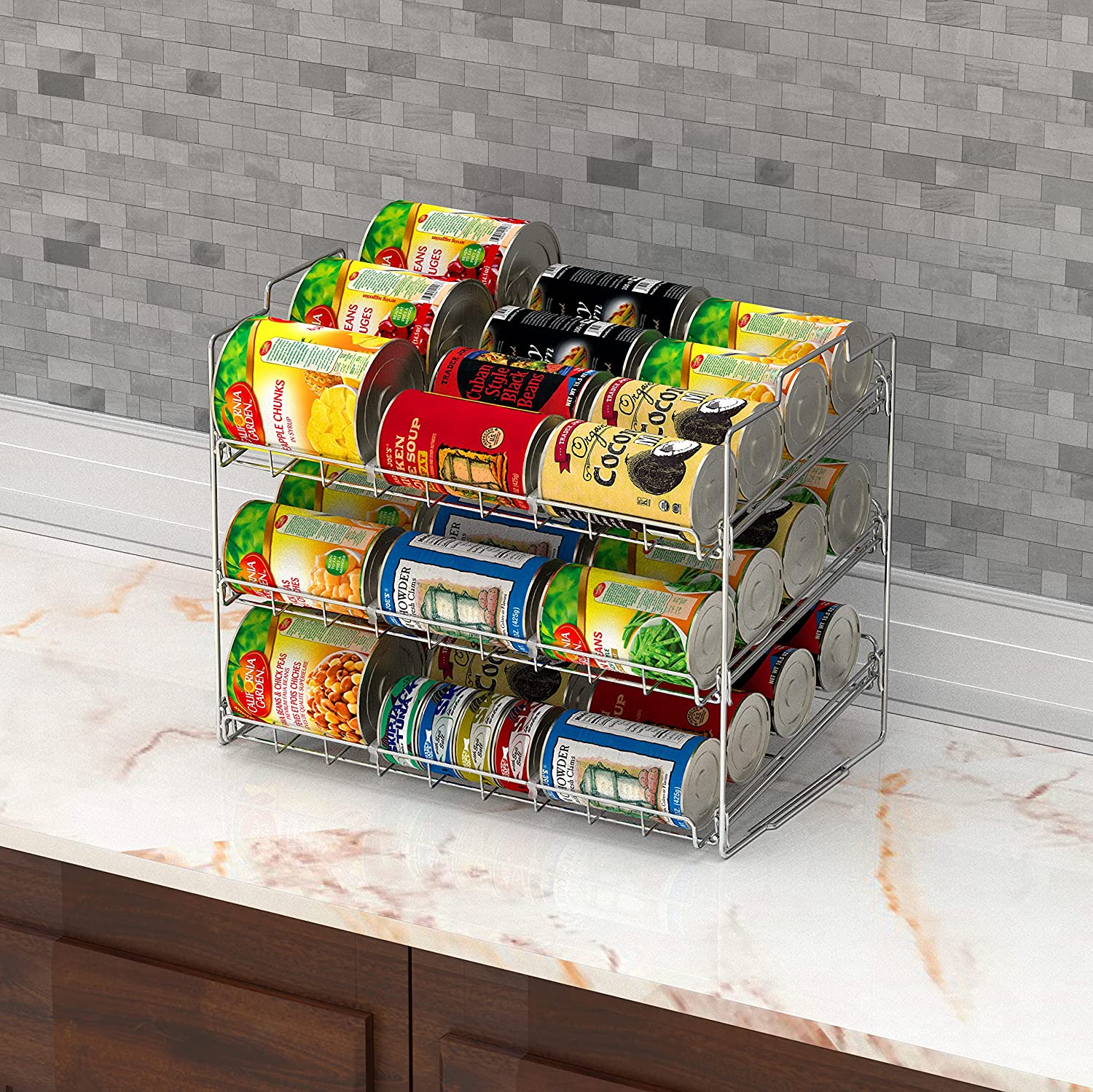
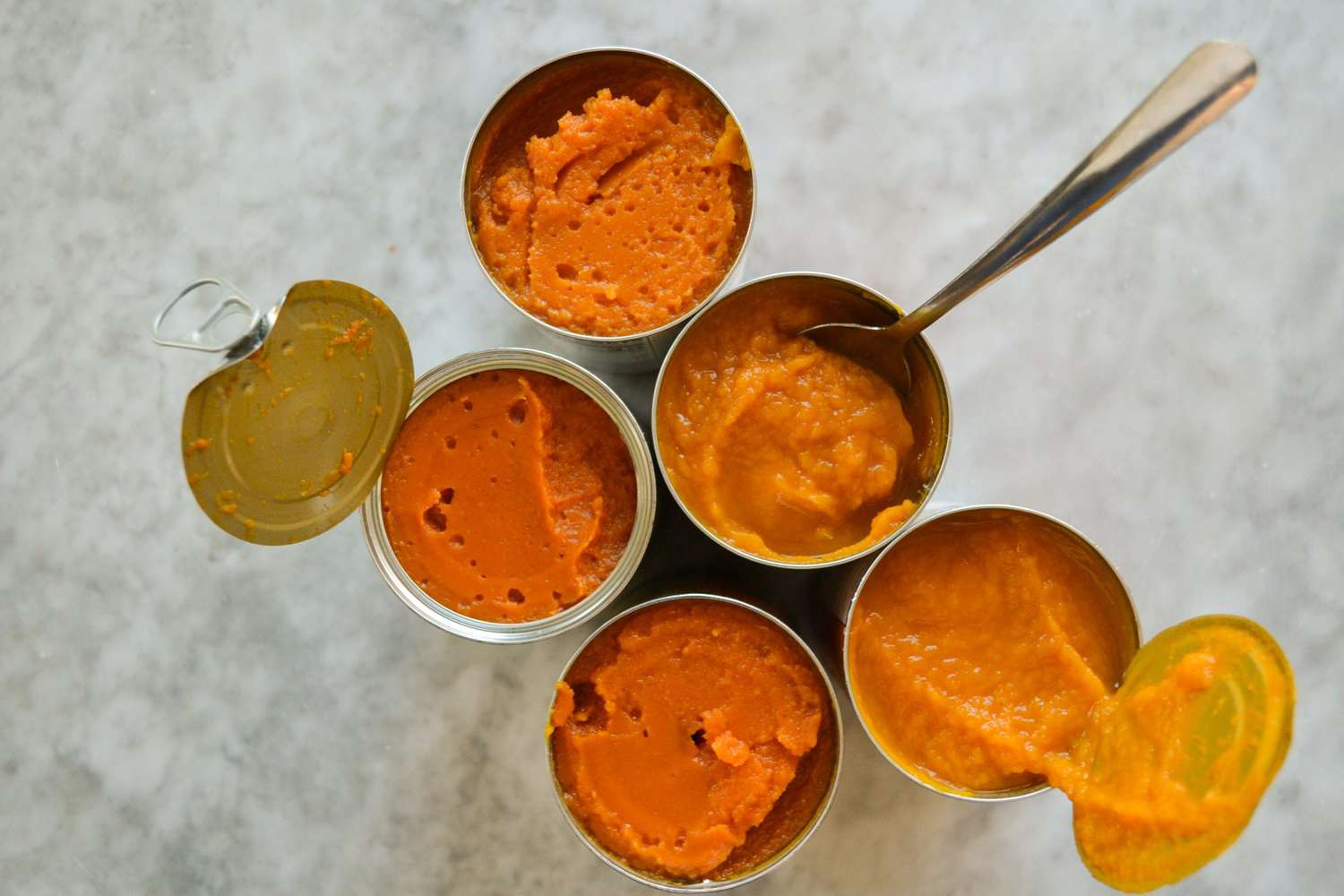
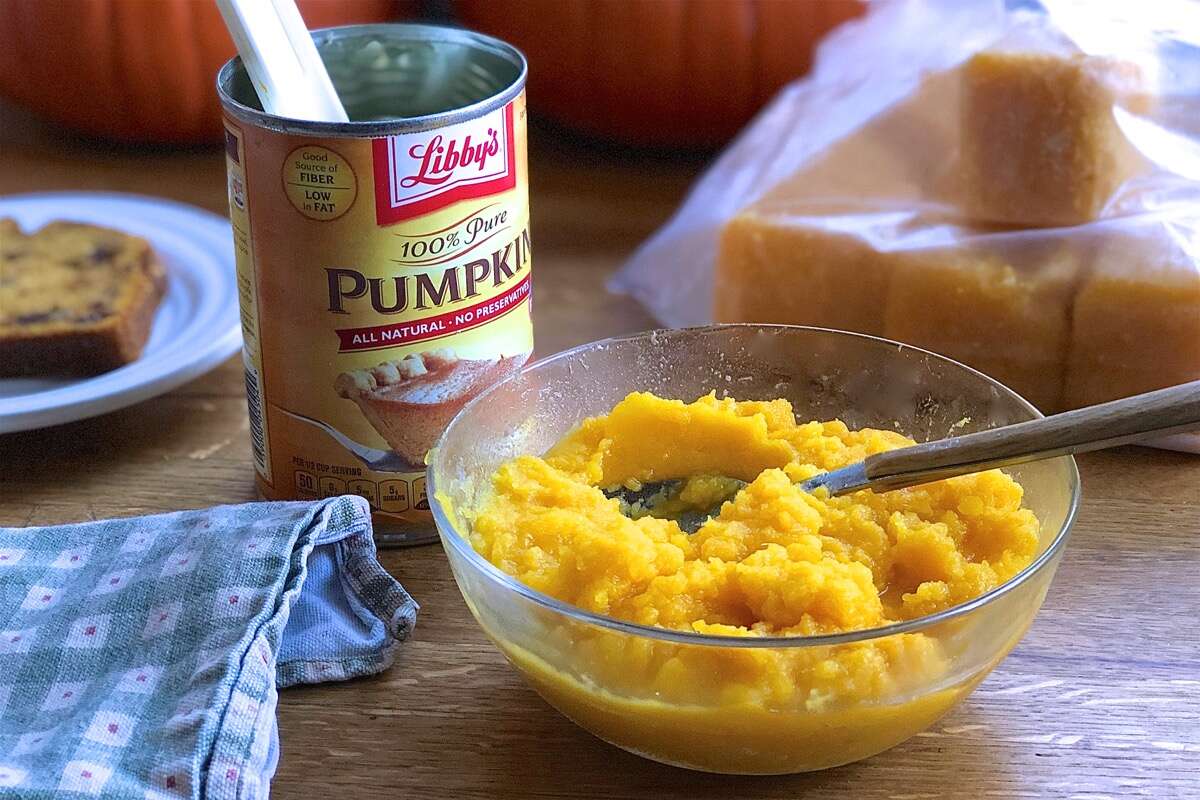
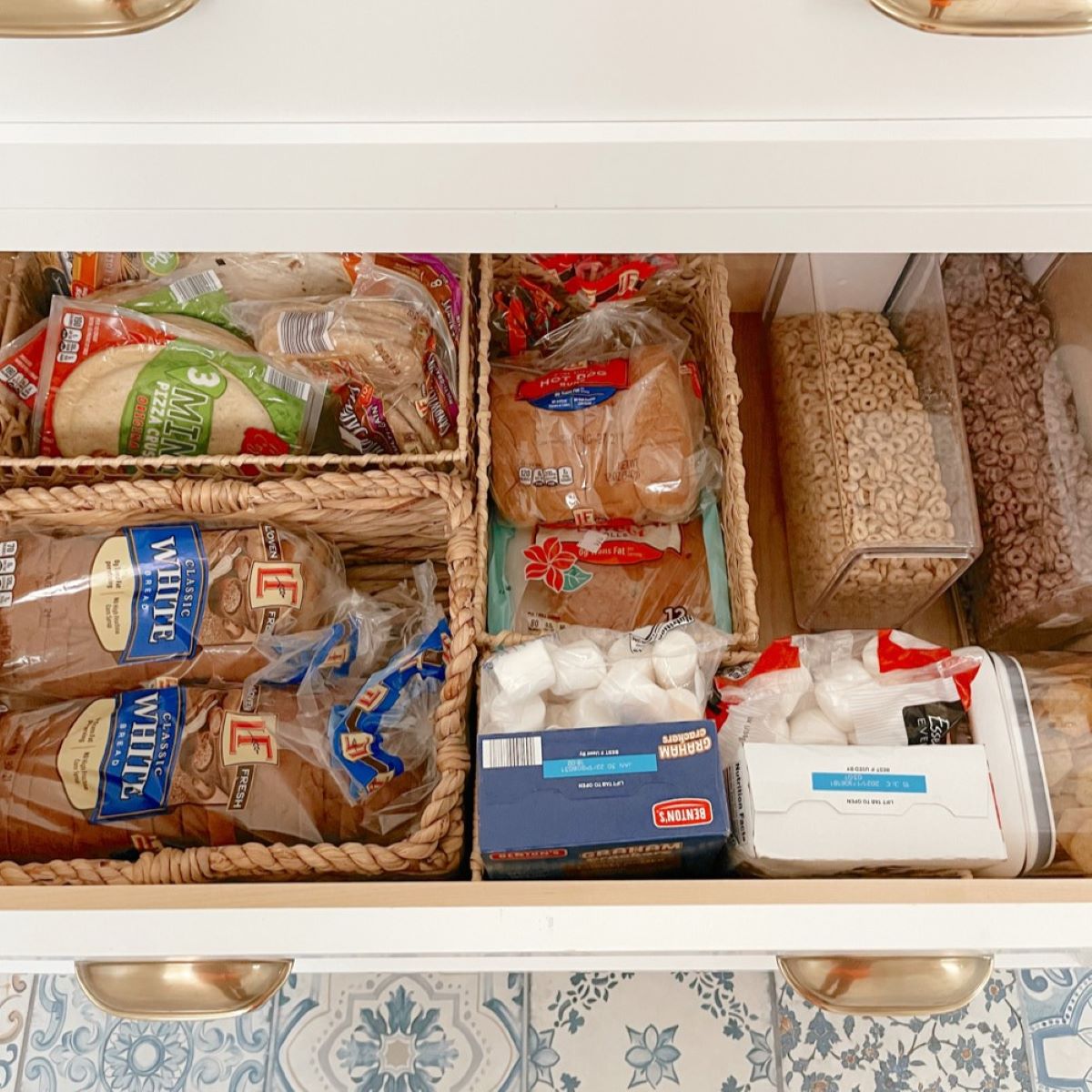
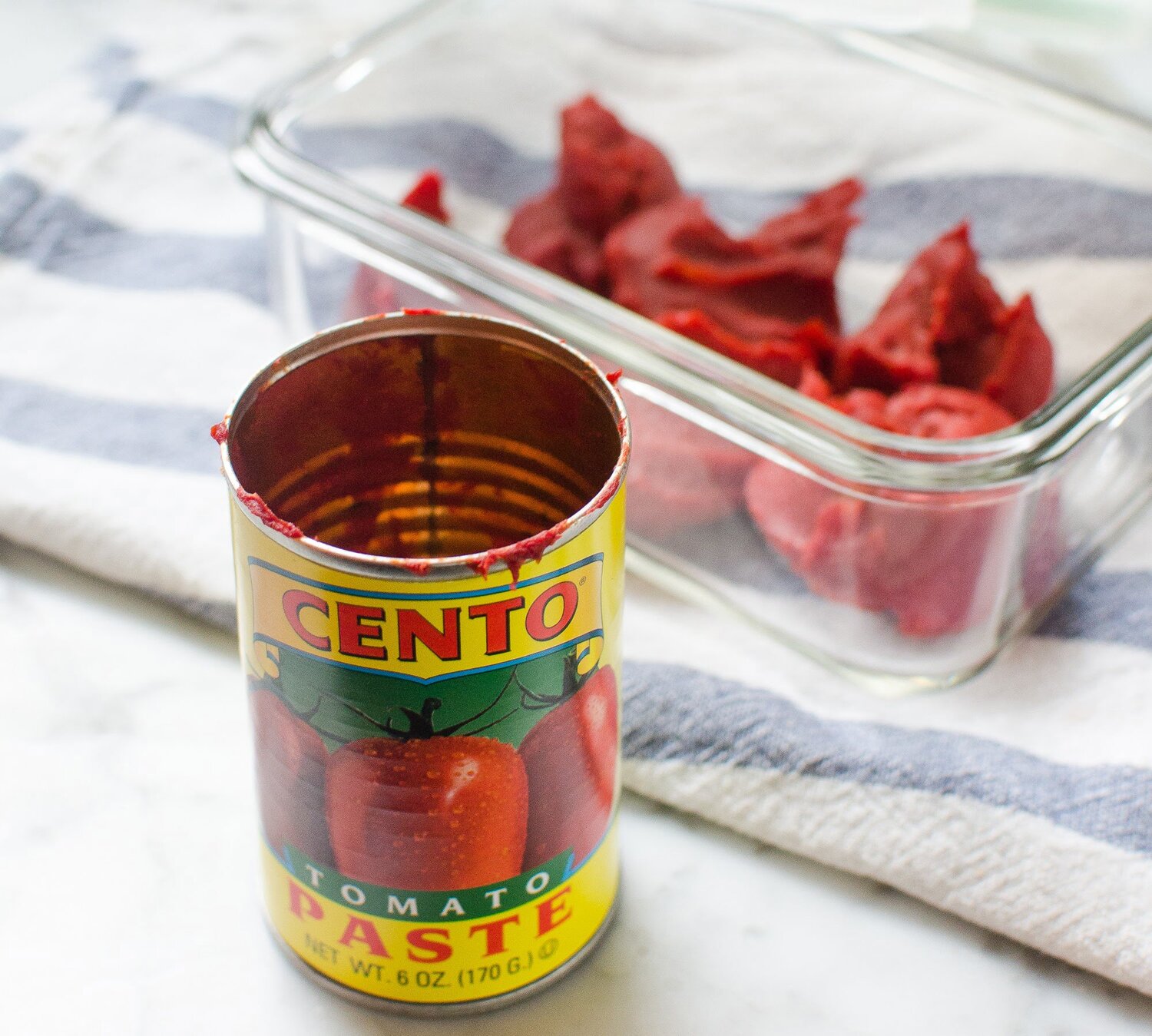
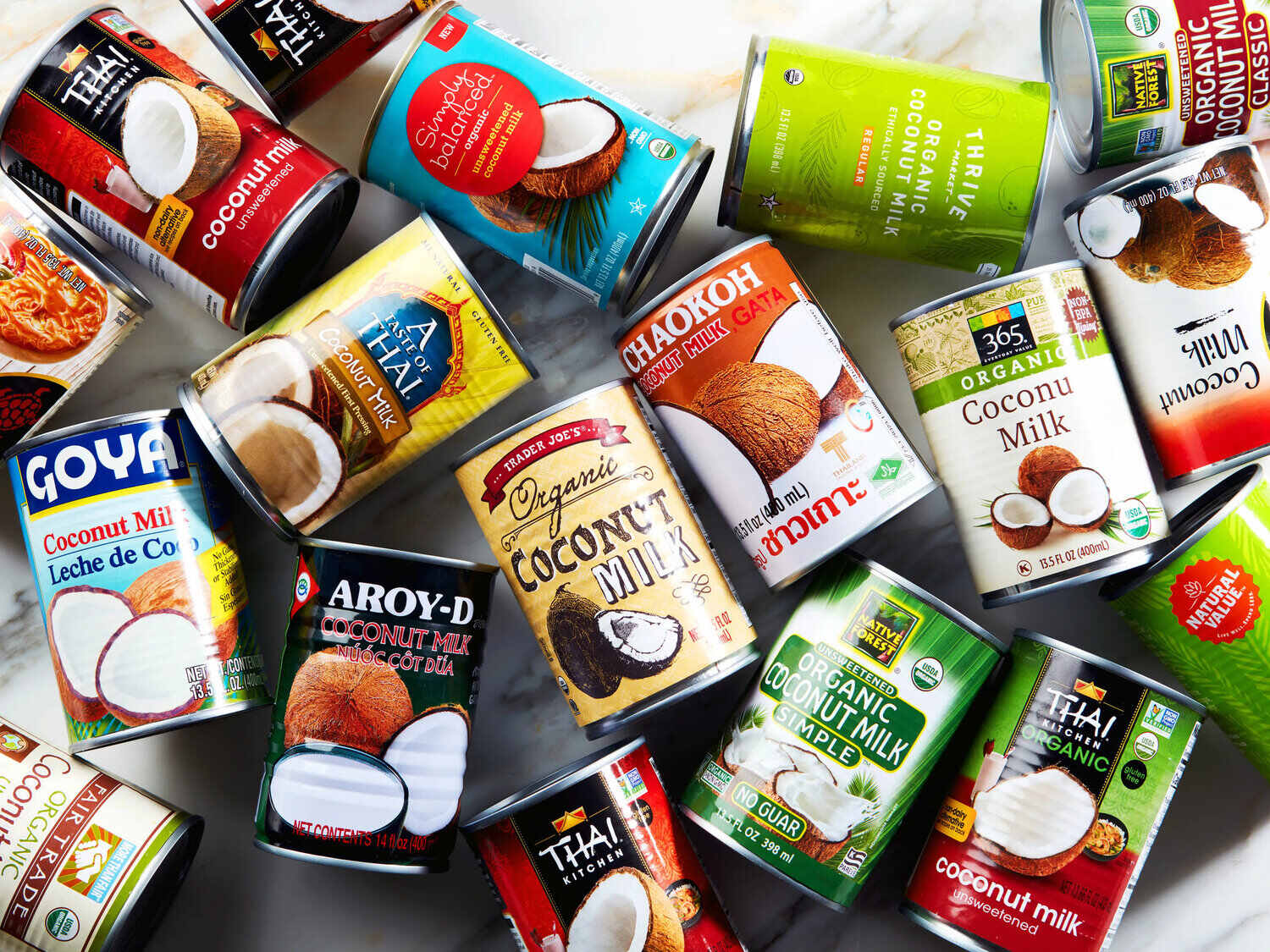
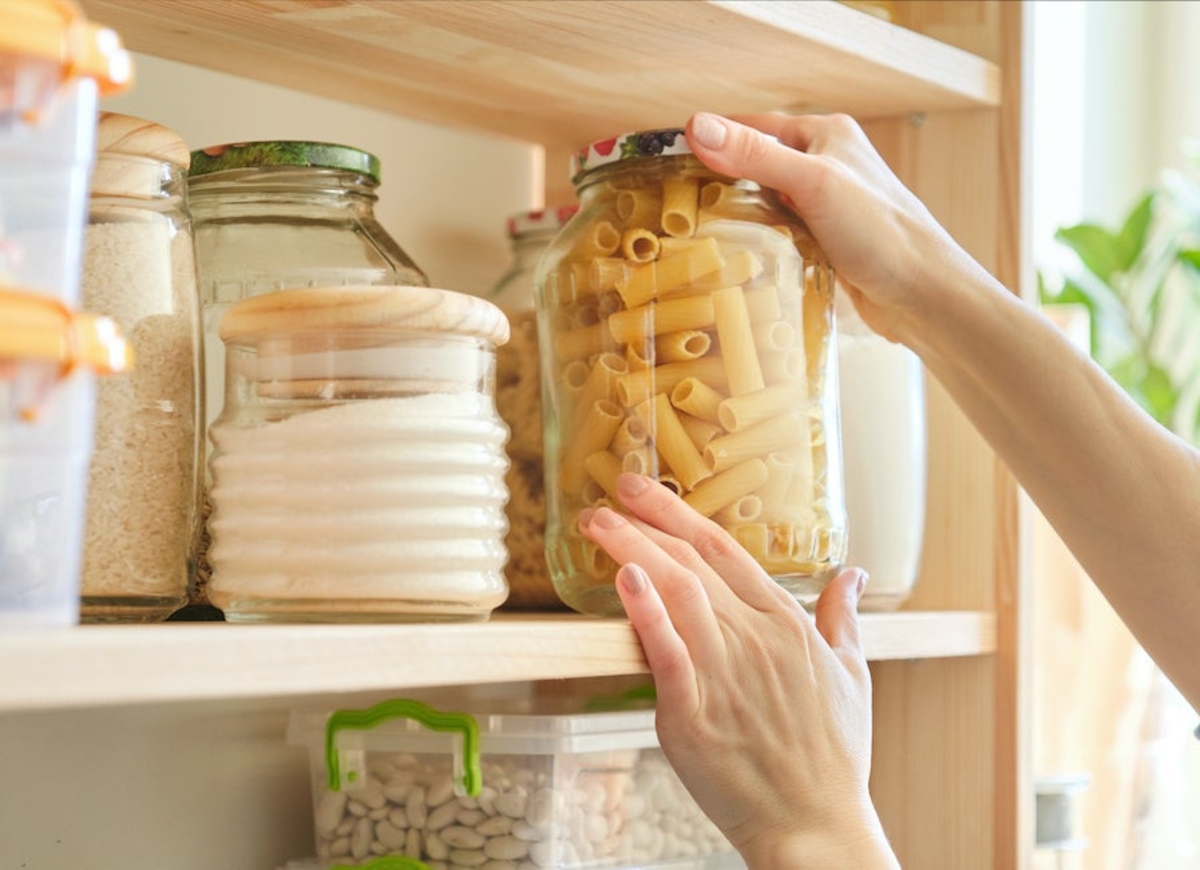
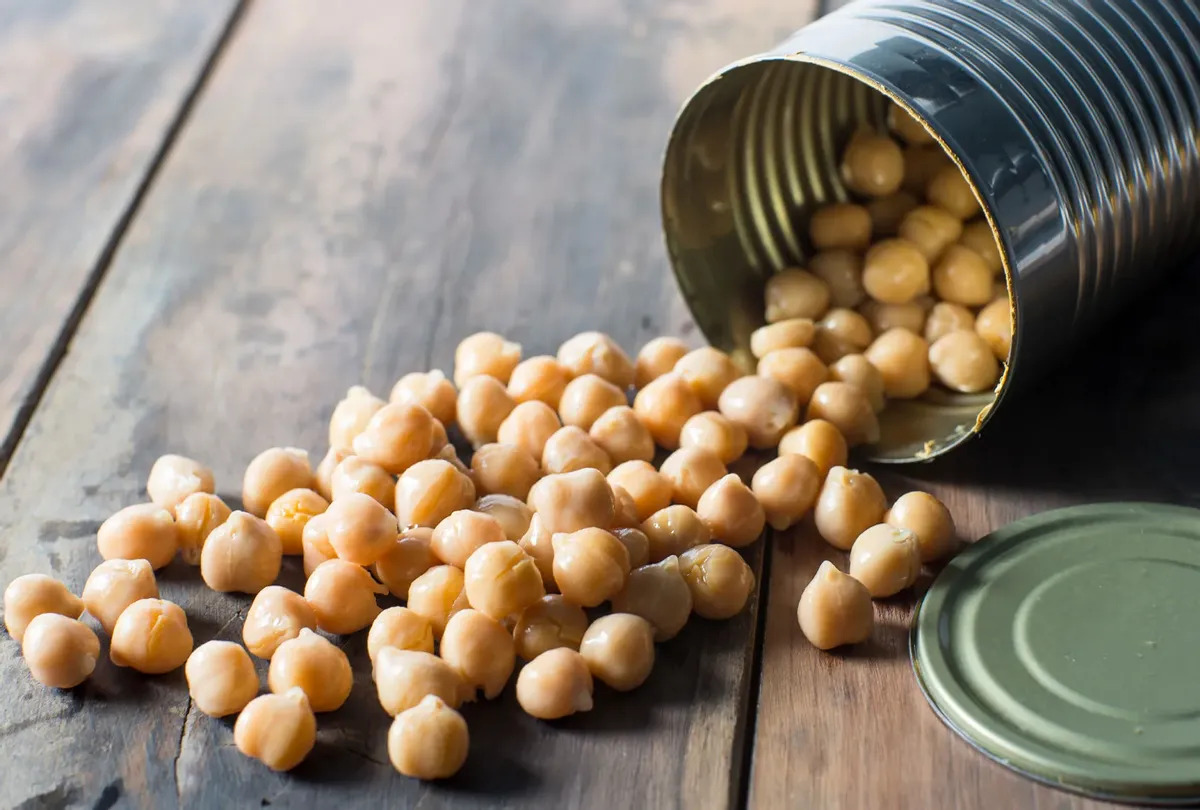


0 thoughts on “How To Store Canned Food In Pantry”